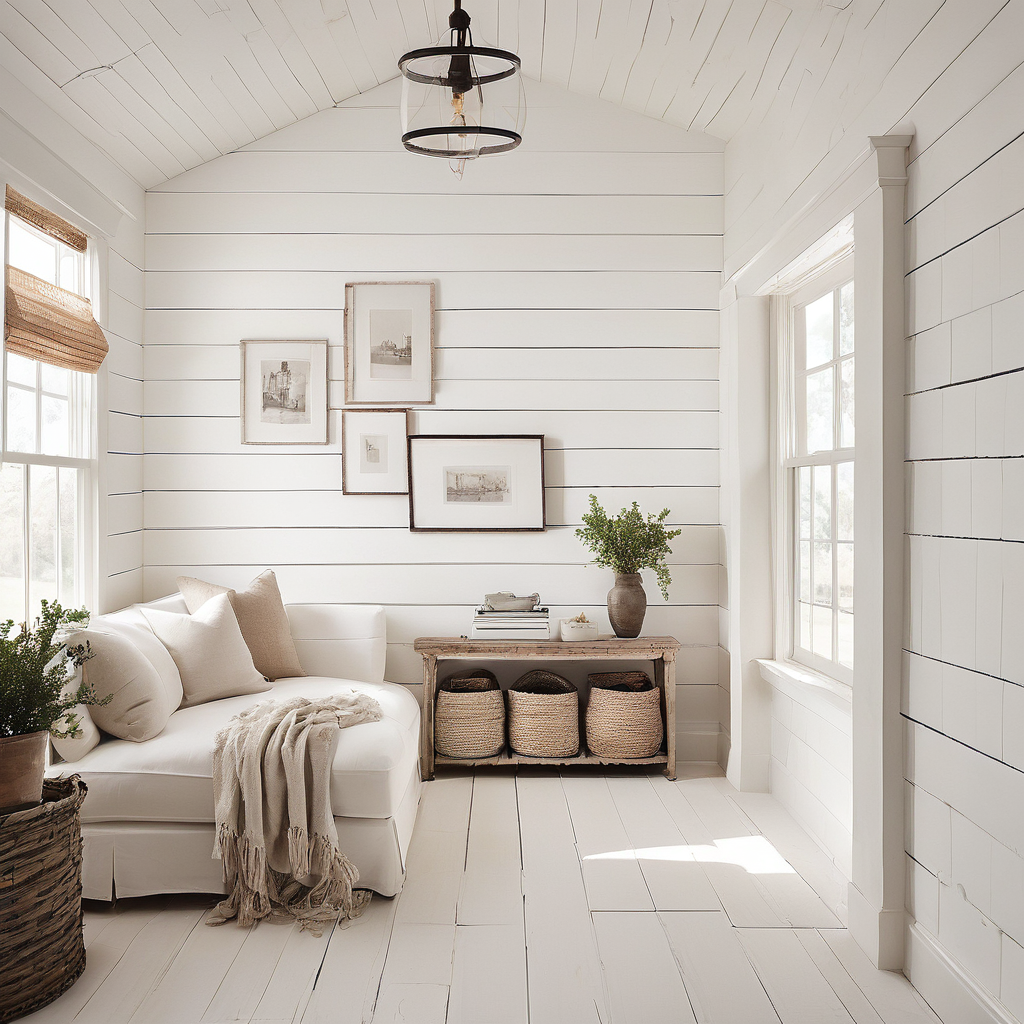
Shiplap is a popular choice for both modern and rustic interior design, known for its clean lines and timeless appeal. Whether you’re considering it for an accent wall, full-room application, or exterior cladding, understanding the differences between shiplap pine board and shiplap paneling is crucial for making an informed decision. Here’s a detailed look at the pros and cons of each, along with their key differences.
Shiplap Pine Board
What Is It?
Shiplap pine boards are individual pieces of wood, typically milled from pine, that interlock to form a seamless surface. They are often used for a more traditional, custom look and can be applied in various ways depending on the project.
Pros:
- Authentic Look: Shiplap pine boards offer a classic, authentic wooden texture and appearance that can add significant charm and character to a space.
- Customizable: Each board can be stained, painted, or finished to achieve the exact look you desire. Additionally, the spacing between boards can be adjusted for a more customized appearance.
- Durability: High-quality pine boards are durable and can last for decades if properly maintained. They also offer good insulation properties.
- Natural Grain: Pine boards showcase natural wood grain, which can add warmth and depth to your interiors.
Cons:
- Cost: Shiplap pine boards can be more expensive than pre-finished paneling due to the cost of the material and the additional labor required for installation.
- Maintenance: Wood boards require regular maintenance, including sanding, sealing, or painting, to prevent issues like warping, cracking, or insect infestation.
- Installation Time: Installing individual boards can be time-consuming and labor-intensive, requiring precise measuring and fitting.
Shiplap Paneling
What Is It?
Shiplap paneling consists of pre-finished panels that are designed to replicate the look of traditional shiplap boards but are manufactured in larger sheets or sections. These panels are often made from engineered wood or medium-density fiberboard (MDF).
Pros:
- Ease of Installation: Paneling is typically easier and quicker to install than individual boards. Panels can cover large areas with fewer seams, which reduces installation time and complexity.
- Consistency: Paneling offers a uniform appearance with consistent gaps between boards, which can be aesthetically pleasing and reduce visual imperfections.
- Lower Maintenance: Pre-finished paneling usually requires less maintenance compared to natural wood boards, as the finish is often more durable and resistant to damage.
- Cost-Effective: Shiplap paneling is generally more cost-effective than purchasing and installing individual pine boards, especially for large projects.
Cons:
- Less Authentic: While paneling can replicate the look of traditional shiplap, it may lack the natural texture and character of real wood boards.
- Limited Customization: Paneling options may offer fewer choices for customization in terms of color, finish, and texture compared to natural pine boards.
- Durability: Depending on the material, some paneling may be less durable than solid wood boards and could be more susceptible to dents or scratches.
Key Differences
- Material: Shiplap pine boards are made from solid wood, while shiplap paneling is typically made from engineered materials or MDF.
- Appearance: Pine boards offer a natural wood look with visible grain, while paneling provides a more uniform appearance.
- Installation: Pine boards require individual installation with precise fitting, whereas paneling covers larger areas more quickly.
- Maintenance: Pine boards need regular upkeep to maintain their appearance, while paneling generally requires less maintenance.
Choosing between shiplap pine boards and shiplap paneling ultimately depends on your budget, aesthetic preferences, and project requirements. Pine boards offer an authentic, customizable look with a natural wood grain, while paneling provides a cost-effective, low-maintenance alternative with a consistent appearance. Consider your specific needs and consult with a professional to determine which option will best suit your home improvement project.
Happy renovating!
Cedar Hill St. Louis Jefferson County Olivette Kirkwood Ballwin Arnold Franklin County St Charles County Fenton High Ridge Dittmer Creve Coeur
